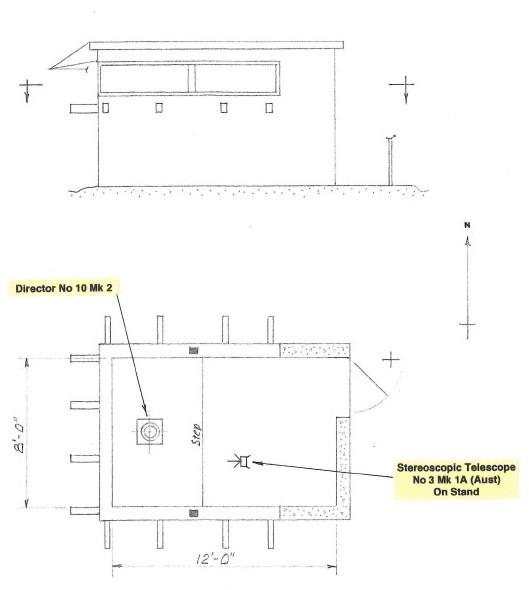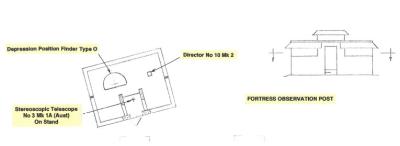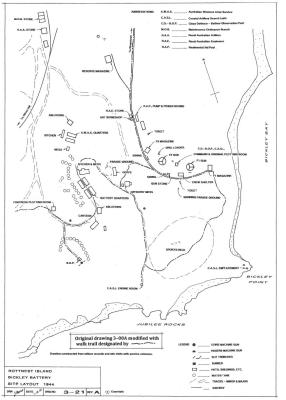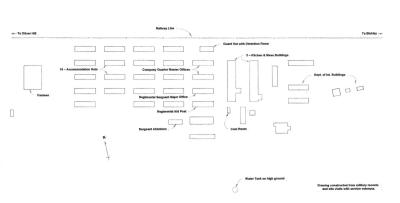World War 2, Western Australia, Rottnest Island, Coast Artillery Instrumentation, Director No 10
Director No 10 . A Director No 10 was installed in all Fortress Observation Posts. It was an accurate instrument for measuring the bearings to targets. Continuous communication was maintained by telephone to the plotters in the fortress plotting rooms.
Details
Details
Fortress Observation Posts were all similar being camouflaged, splinter proof concrete blockhouses with unrestricted windows seaward. Each window had externally mounted steel shutters. Each location was on high ground with good visibility seaward. The locations were: Bare Hill (Code Name "Bare"); Cape Vlamingh (Code Name "Flame"); Mount Herschel (Code Name "Shell") and Tree Hill (Code name "Hill").
The roll of the Fortress Observation Posts in the coast defence system was to supply continuous target observation data to the Fortress Plotting Rooms at Oliver Hill and Bickley Point.
This entry is based on research, documentation and technical drawings prepared by John Mercer during many years as a leading member of the Rottnest Island Military Restoration Committee and the Defence Heritage Interpretation Plan Group.
Australian Army Museum of Western Australia
Australian Army Museum of Western Australia
Other items from Australian Army Museum of Western Australia
- World War 2,Western Australia, Rottnest Island, Coast Artillery Instrumentation, Depression Position Finder Type O
- World War 2, Western Australia, Rottnest Island, Fortress Observation Post "Flame", Cape Vlamingh Layout, 1942
- Medal - Queen Elizabeth II Silver Jubilee Medal
- Royal Australian Corps of Signals Memorial Painting - "The Signalman 1939 - 1945"
- Medal - Queen Elizabeth II Golden Jubilee Medal
- Medal - Meritorious Service Medal (1916-1918) Gallantry and Immediate
- World War 1, Western Australia, Perth heritage week Exhibit, 251 McDONALD GE, Hospital Transport Corps
- World War 2, Western Australia, Rottnest Island, Bickley Battery and Bickley Camp, Layout, 1944
- World War 2, Western Australia, Rottnest Island, Bickley Battery, Layout
- World War 2, Western Australia, Rottnest Island, Airfield Camp, Layout, 1944
- World War 2, Western Australia, Commemorative Banner, 2/7 Battalion AIF


Scan this QR code to open this page on your phone ->










